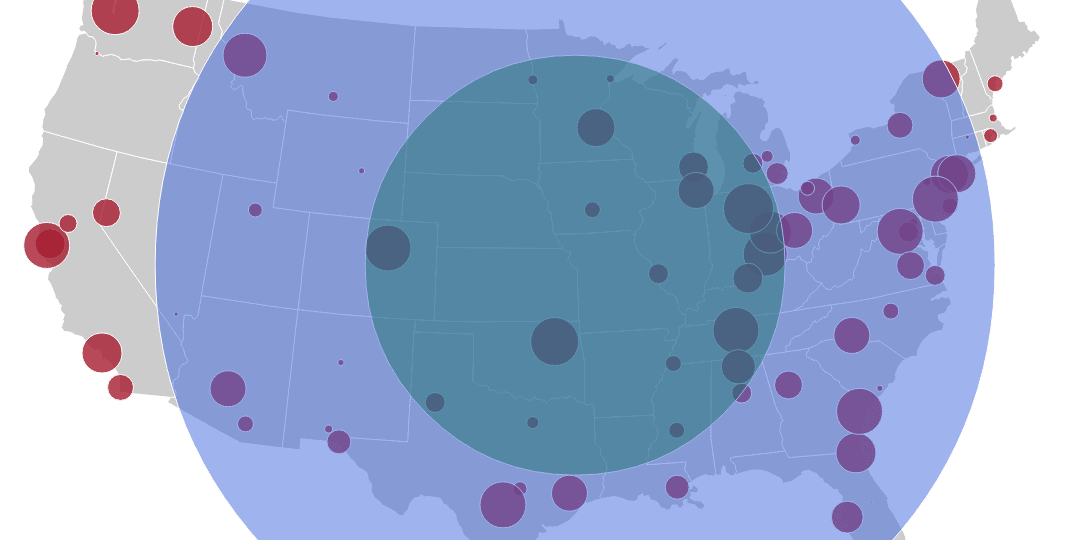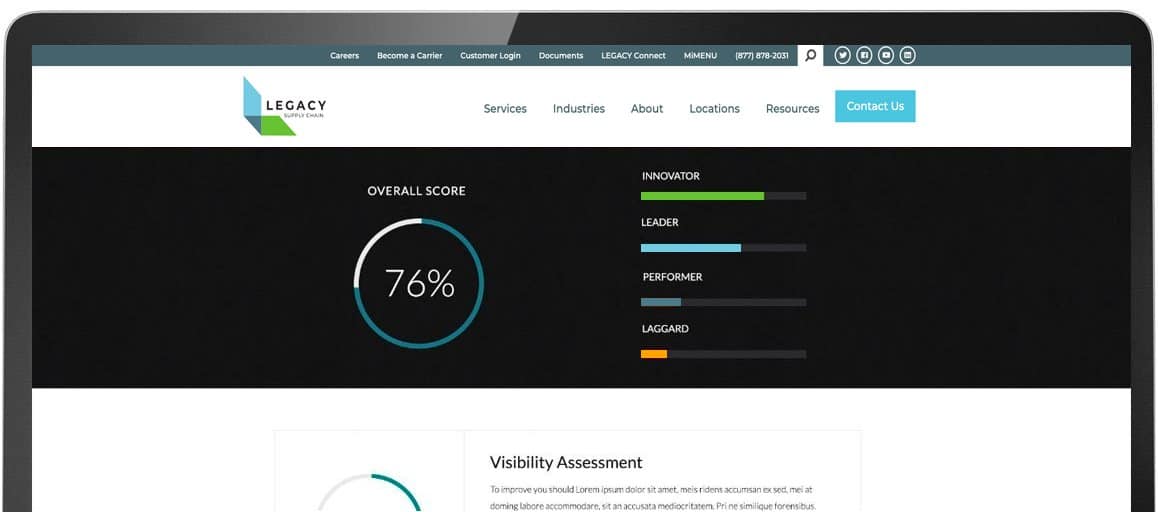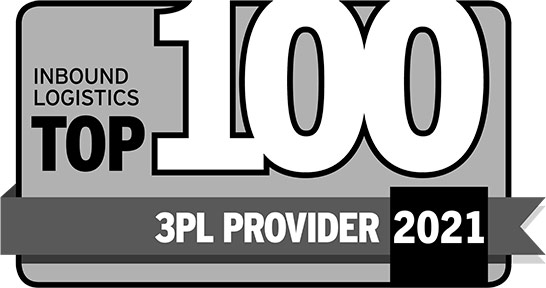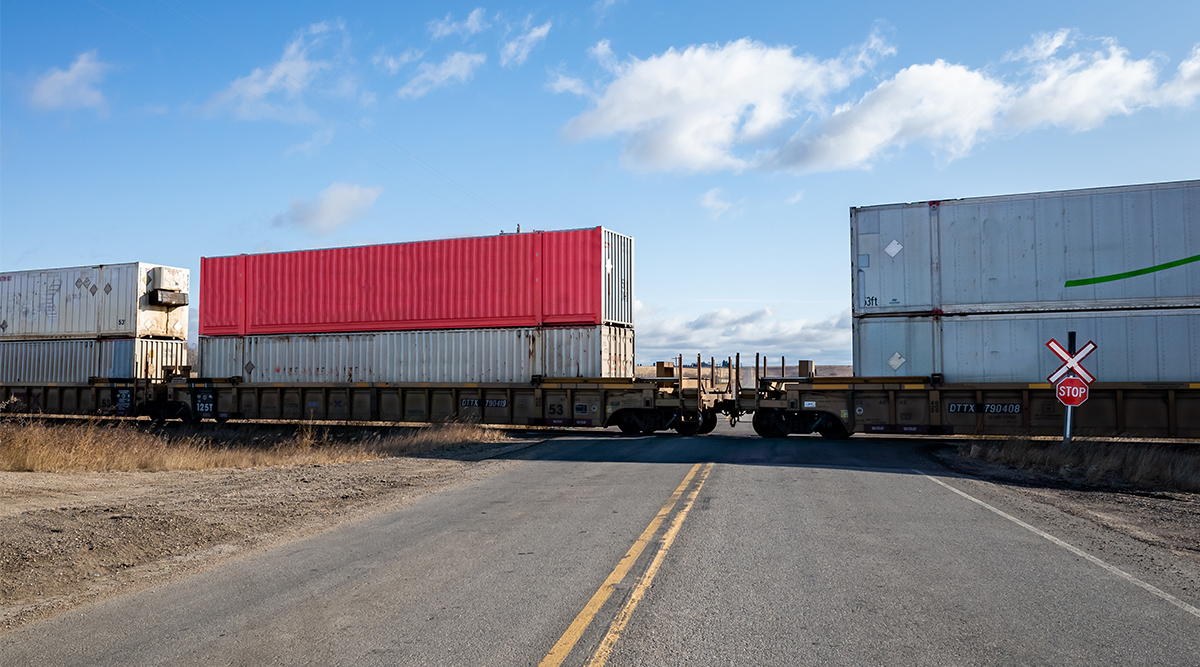Supply Chain Visualization: Getting the Big Picture
An attempt to know the unknowable, to predict the future, to anticipate responses to the unforeseen – it’s the power of supply chain visualization. A necessary part of any retailer’s repertoire of supply chain best practices, supply chain mapping and visualization take supply chain visibility one step farther.
The realities of getting your inventory from point A to point B include numerous potential risks and unknown variables. Top trends impacting today’s retailer include:
Globalization: Increases in global sourcing force retailers to rely on logistics to get their products from many locations. Additional traffic through ocean ports causes congestion and delays.
Ecommerce: The upsurge in ecommerce has forced retailers to reexamine their traditional role. Retail stores are becoming fulfillment centers as customers accustomed to near-instant gratification expect same-day delivery and in-store pick-up.
What do these trends mean to you? How are they impacting your logistics, warehousing, inventory and transportation? The only way to know for sure is through supply chain mapping and visualization.
Supply chain mapping and visualization is more than just supply chain visibility – it provides context by visualizing the supply chain using location-based information:
- Mapping the location of suppliers’ manufacturing sites, distribution centers and facilities
- Tracking the flow of materials and finished goods throughout the supply chain
- Monitoring forces that could impact supply chain, from natural disasters and weather patterns to power outages and labor unrest.
Each dimension of data provides another layer of insight. Mapping numerous variables can expose unexpected relationships between them, illuminating patterns and uncovering connections.
The Demise of the Shopping Mall:
An examination of one causality of current forces reveals the ripple effect of these trends within the retail landscape – the indoor shopping mall is in precipitous decline. The number of malls with vacancy rates topping 40% increased more than six times over from 2006 to 2014, reported CoStar Group as referenced in our latest eBook 6 Critical Disciplines Retailers Must Master
With fewer consumers viewing shopping as a destination activity, fulfillment has become decentralized, causing retailers to take an omni-channel approach. The resulting rise of new types of distribution facilities, such as local depots in cities and the use of retail locations as fulfillment centers is changing the shape of logistics. The supply chain network is evolving from a wheel and hub to an interconnected system of webs.
With cause-and-effect proving anything but linear amid these complex factors, supply chain mapping and visibility offers a solid strategy for harnessing data to navigate the unknown. While supply chain mapping and visualization can be a blind spot for many retailers, utilizing software solutions and fostering a partnership with your 3PL partner can remedy the situation, and allow you to see the whole picture.
Learn more about the six key disciplines of supply chain management in our three part webinar series.
Are you a supply chain leader or laggard? Grade your supply chain now and identify areas of improvement with this free Supply Chain Performance Grader
Get Insights. Stay Ahead.
Get the latest news and insights via email on warehouse improvement, transportation optimization, labor strikes and international shipping rate changes.
Popular Posts
Search Posts
-
6 Cornerstones to a Successful 3PL-Customer Relationship
Hiring a third-party logistics (3PL) provider is a strategic approach for businesses to increase their capacity without expanding their...
+ Read more -
Canadian Rail Strike? – What We Know So Far
On May 1st, CN (Canadian National Railway) and CPKC (Canadian Pacific Kansas City) rail workers voted overwhelmingly to authorize a strike...
+ Read more -
2024 Q1 Freight Landscape: Trends, Challenges, and Predictions
As the first quarter of 2024 comes to an end, here are some observations over the past few months as well as predictions about the trucking...
+ Read more











